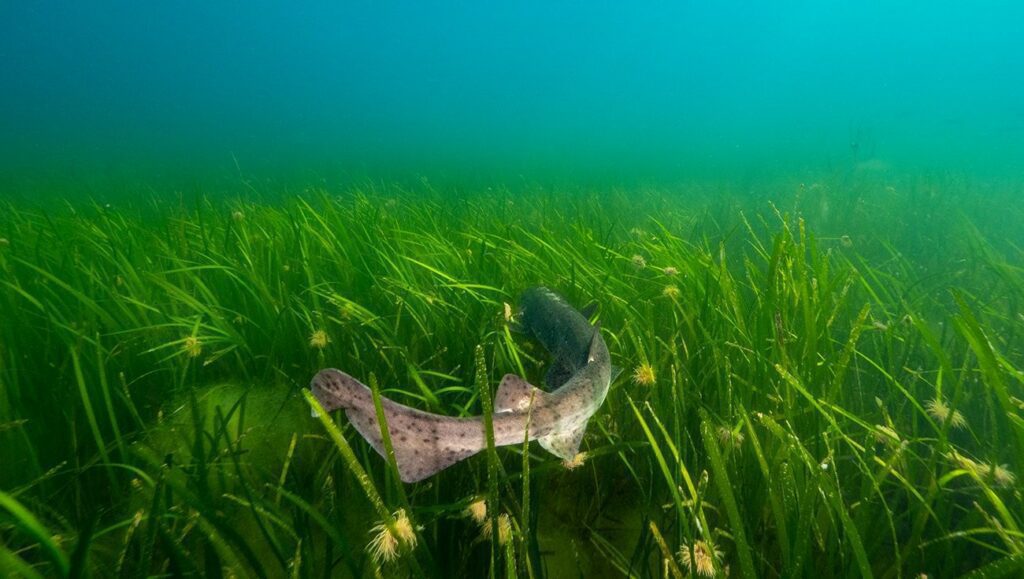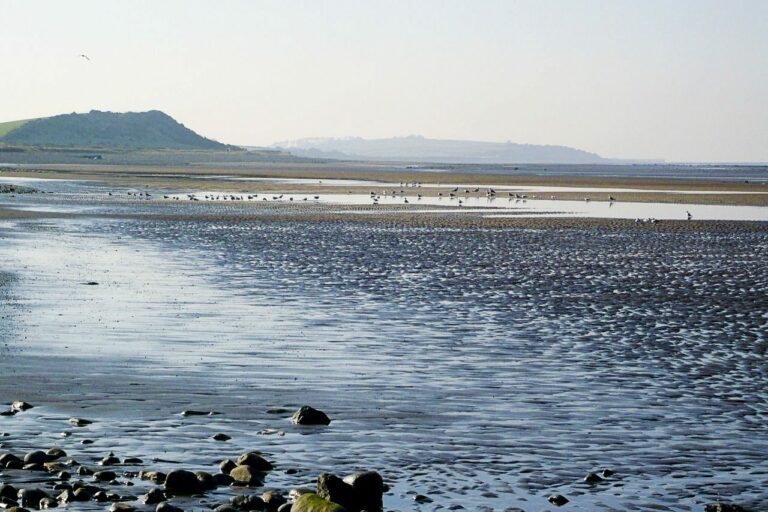Allonby Bay, the North East of Farnes Deep and Dolphin Head have become England’s first three Highly Protected Marine Areas (HPMAs) today (5 July), as the highest level of protection available comes into force.
The move will help to protect marine species and habitats including honeycomb worm reefs, northern gannets and harbour porpoises, according to the environment ministry DEFRA, though it will be especially important for safeguarding the development of commercially caught fish.
HPMAs represent “a huge leap forward” in the UK government’s marine-conservation targets and commitments set out in the Environmental Improvement Plan and 25 Year Environment Plan, says DEFRA.
At a time when the government is being accused of lacking commitment to international environmental targets, DEFRA claims that the new designations build on such commitments, including the one to protect at least 30% of the global ocean by 2030 under the Kunming-Montreal Global Biodiversity Framework.
Stronger protection is expected to result in more and larger species, it says, pointing to the existing Lyme Bay reserve, one of the UK’s largest areas protected from dredging and trawling. This shows higher levels of biodiversity than in surrounding waters and conserves species such as pink seafans, lobsters and scallops.
First step
“Highly protected marine areas are a crucial part of marine protection measures,” said marine minister Lord Benyon. “Today is a significant milestone for the UK as we ramp up action to recover our important marine ecosystems, and make sure species and habitats can thrive in healthy, diverse environments. This is a first step, with more announcements to come.”
Allonby Bay, in Cumbria’s Solway Firth, is regarded as significant because it includes habitats that capture and store carbon. The designation is also expected to protect seabirds such as curlews and oystercatchers attracted to these habitats.
The 491sq km North East of Farnes Deep, which lies in the northern North Sea, provides spawning and nursery habitats for commercially important fish such as haddock, anglerfish and surmullet, while trawling and scallop-dredging has been degrading the 508sq km Dolphin Head area in the eastern Channel. Both areas lie beyond UK territorial waters.
Dolphin Head attracts a range of marine mammals such as harbour porpoises and seabirds and contains feeding and nursery grounds of commercial fish species such as cod, herring and plaice, as well as ecologically important habitats such as ross worm reefs.
“Our seas were once abundant in wildlife but their fragile habitats are now suffering from decades of trawling, development and pollution,” commented Joan Edwards, director of policy and public affairs at the Wildlife Trusts. “So the designation of these first HPMAs off England’s shores is a significant first step towards ring-fencing three small but precious places, where we’ll be able to learn what can really happen if nature is given an opportunity to recover.
“However, these three tiny spots cover just 0.4% of English seas – and we’re looking forward to seeing further designations so that we can safeguard our seas for the future.”
The three HPMAs were selected following a 12-week public consultation process on the basis of ecological importance of nature recovery and social and economic impacts. Future designation options will also be subject to consultation.
Cornwall quick to protect seagrass

Cornwall has become the first British county to contribute data to #ProtectOurBeds, a new global seagrass initiative that involves digital mapping of sensitive seabed locations so that boaters using a navigation app can avoid damaging them.
The campaign in Cornwall is run by environmental non-profits Clean Sailors, the Ocean Conservation Trust and the savvy navvy app. Major contributors include Cornwall Council, Cornwall Wildlife Trust and LIFE Recreation ReMEDIES.
In the past two years, one of the largest seagrass beds in the UK, home to seahorses, pipefish and scallops, has been identified in St Austell Bay, with other significant beds in the Fal and Helford and Mounts Bay areas. The #ProtectOurBeds campaign, a Blue Meadows initiative, is seeking global data partners for the next stage of its project.
Also on Divernet: Bottom-trawling banned in 4 UK MPAs, Why “marine protection” means little in Europe, Government slammed on MPA slackness, What difference will High Seas Treaty make?

